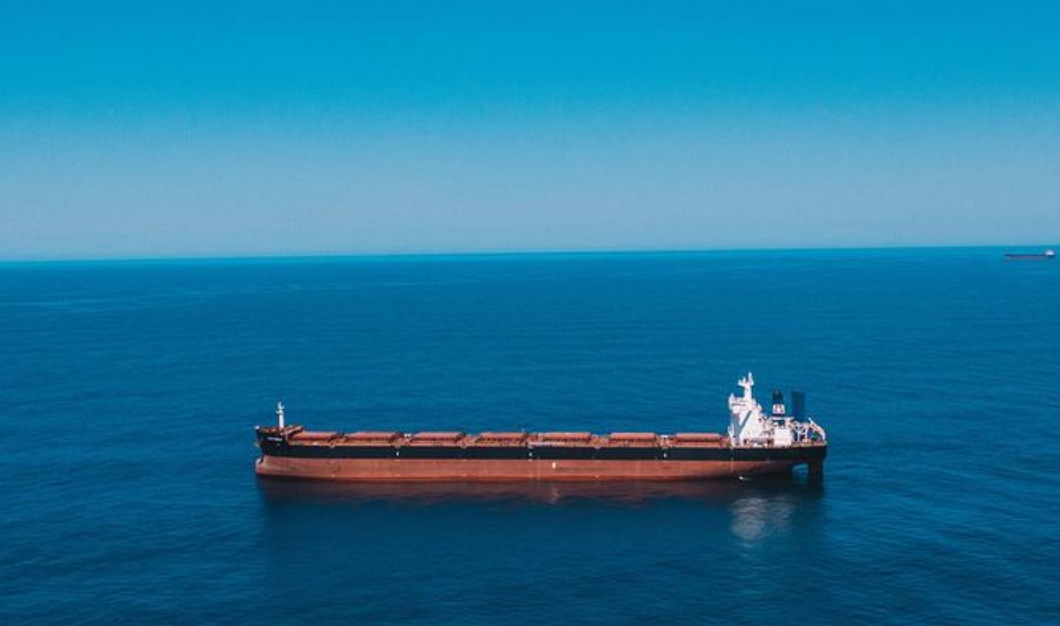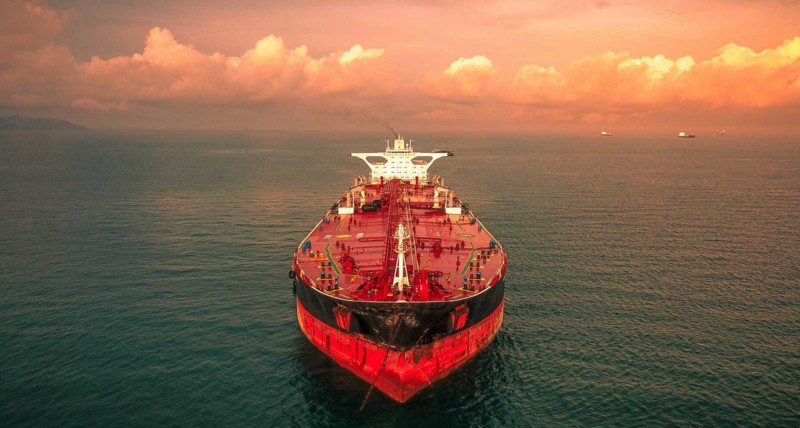This is another consequence of the conflict between Israel and Hamas: the disruption of maritime traffic at the Suez Canal. For several weeks, Houthi rebels have been attacking commercial ships in the Red Sea, forcing them to divert their route. This results in an explosion in sea freight rates.
According to the United Nations Conference on Trade and Development (UNCTAD), the volume of trade passing through the Suez Canal, which is suffering from attacks in the Red Sea, has decreased by 42% in the last two months. This UN agency based in Geneva now fears repercussions for all of world trade and on climate change, with shipowners now being forced to bypass Africa.
The agency also warns of the cumulative effects of disturbances in the Red Sea, the Black Sea and Panama.
“Disruptions on major maritime routes – the Suez Canal, the Panama Canal and the Black Sea – represent unprecedented challenges for global trade, affecting millions of people in all regions,” warns UNCTAD in its new report on the he impact on global trade of the disruption of the Red Sea, Black Sea and Panama Canal shipping routes.
67% drop in weekly container ship transits
This drop in Suez Canal transits is the result of the decision taken by key players in the shipping sector to circumvent attacks by Houthi rebels. Some shipowners have temporarily suspended transits through the Suez Canal. Weekly container ship transits fell 67%. Container shipping capacity, tanker transits and gas carriers also saw significant declines.
Maritime transport, which forms the backbone of international trade and accounts for 80% of global goods movements, is an essential part of the global economy. The attacks on the Suez Canal come on top of geopolitical tensions affecting shipping routes in the Black Sea, and severe drought due to climate change disrupting shipping on the Panama Canal.
In addition to the declines noted in the Suez Canal, the total number of transits through the Panama Canal fell 49% from its peak. However, this canal is the essential artery connecting the Atlantic and Pacific oceans.
If the Suez Canal is impacted by security challenges in the Black Sea, that of Panama is facing another problem: the drop in water levels. This has raised concerns about the long-term resilience of global supply chains, highlighting the fragility of global trade infrastructure.
Container transport prices from Shanghai to Europe tripled
In the meantime, growing uncertainty and the abandonment of the Suez Canal in favor of a diversion through the Cape of Good Hope has an economic cost. Since November 2023, the increase in average spot freight rates for containers has recorded the largest weekly increase on record, amounting to US$500 million in the last week of December. This trend has continued.
Average spot container transport rates from Shanghai have more than doubled since the beginning of December (+122%). They have tripled towards Europe (+256%) and are even higher than average (+162%) towards the west coast of the United States, although they do not pass through Suez.
The foreign trade of several East African countries depends heavily on the Suez Canal. Around 31% of Djibouti’s foreign trade volume passes through the Suez Canal. For Kenya, this share is 15% and for Tanzania 10%. Among East African countries, Sudan’s foreign trade is most dependent on the Suez Canal, with around 34% of its trade volume passing through the canal.
Towards a probable surge in food prices
More generally, ships are avoiding the Suez and Panama canals and seeking other routes. The Panama Canal is particularly important for the foreign trade of countries on the west coast of South America. About 22% of the total foreign trade volume of Chile and Peru depends on the canal.
Ecuador is the most dependent country, with 26% of its foreign trade volumes passing through it.
On another level, UNCTAD estimates that the increase in fuel consumption resulting from longer distances and increased speed could lead to a 70% increase in greenhouse gas emissions for journeys. round trip.
Faced with the lengthening of routes, UNCTAD fears “prolonged disruptions to container shipping”, threatening global supply chains and risking delays in deliveries.
“Which would lead to an increase in costs and inflation,” warns the UN agency, noting that the impact of the increase in freight rates will be fully felt by consumers within a year.
In addition to longer distances and increased freight rates potentially leading to higher costs, inflation could be aggravated by the Ukrainian crisis and its consequences on energy prices.
Faced with the lengthening of routes, UNCTAD fears “prolonged disruptions to container shipping”, threatening global supply chains and risking delays in deliveries.
“Which would lead to an increase in costs and inflation,” warns the UN agency, noting that the impact of the increase in freight rates will be fully felt by consumers within a year.
In addition to longer distances and increased freight rates potentially leading to higher costs, inflation could be aggravated by the Ukrainian crisis and its consequences on energy prices.




